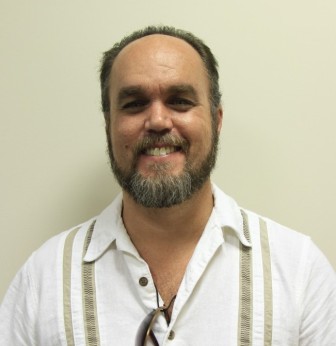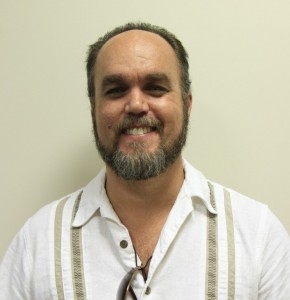
John Lash
A friend of mine has been working for several years to implement restorative practices in his Midwestern community. He has worked with nonprofit groups that work in areas of his city suffering high poverty rates. He’s also worked with several other groups interested in alternative strategies to handling conflict. For most of that time he hoped to work in the school system, but was never able to meet anyone with the power to give him a chance.
Recently he was invited to facilitate a Restorative Circle with a middle school boy who was returning to school after a suspension for shoving a teacher. Officials were concerned about the boy’s reintegration, and were looking for a way to move forward.
My friend sat down with the boy and the teacher he had shoved as well as other concerned adults. Over an hour or so they were able to get to the heart of what had been going through his mind and the teacher was able to express what it had been like for her to experience the boy’s anger. Afterward, my friend debriefed with the staff before going home.
The next day he got a call saying the superintendent was interested in setting up a restorative system for the school district and wanted my friend to come in to talk about how to make that happen. He was happy to see his work in engagement over the last five years finally pay off, and I was happy for him. We have supported one another’s efforts over the years, and in such a small field any success feels like a victory for us all.
One thing we laughed about was how “backwards” his experience was to us. From our perspective the best way to apply restorative practices is to engage stakeholders in co-creating a system that makes the process widely available to the community in which it is being used, and that educates and trains potential participants. Doing it this way isn’t easy, because collaboration and listening take time. But it produces more sustainable systems in the end, largely due to buy-in from those with the most to gain and lose.
The best designs spread the role of facilitator to as many people as possible. In many ways a good system seeks to de-professionalize the process. The circle is designed to include everyone impacted by an event — what we call the conflict community. Instead of neutrality the facilitator of a Restorative Circle is omnipartial, desiring the best outcomes for everyone, since he or she is also a community member.
One of the best outcomes of system wide approaches is the multiplying effect on learning. In Brazil, where this process was developed, practitioners noticed a strange trend in schools where circles were being used. At first the number of requests for circles climbed as kids became more familiar with the process and began to trust that it was serving their needs. But after a while the number of requests dropped. Puzzled, the developers began to ask around. They discovered that the kids had learned the process so well they didn’t need the adults anymore. They would simply recruit a friend to serve as facilitator and follow the pattern of the circle.
This is the kind of learning that we want to see happen everywhere. We want kids (and adults) to learn an approach to solving problems and healing harm that is non-punitive and collaborative. Our human nature is strongly disposed to this kind of interaction, but it is difficult to manifest in environments where punitive justice is the norm. It isn’t safe to take responsibility or to connect with the harm we do, since we know we’ll be punished. This is true in courts, families, schools and many other places that make up our communities.
My friend’s work is paying off, and the folks in power were able to see the value in what he was offering. Too often restorative processes are seen as a “plug and play” alternative to certain aspects of discipline as normal. It isn’t that simple though. Using the practice in isolation may help participants in one situation, but it won’t have lasting impact.
To achieve a lasting impact we must take a much larger and longer view of what we are really trying accomplish — changing systems to support kids and ourselves when inevitable harms occur and doing away with the punitive approach once and for all. It will be a long road no doubt, but it is happening around the country and around the world.
